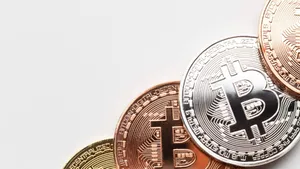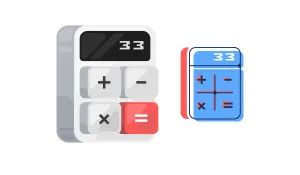When you buy or sell a stock, your broker needs to know two things: the ticker symbol and the order type. The order type tells the broker how much you value speed versus price. For new investors, knowing the difference between a market order and a limit order is the single most important lesson in trade execution.
The distinction is simple: one guarantees your trade happens now, and the other guarantees your trade happens at a specific price.
1. Market Orders: Guaranteed Speed
A market order is a request to buy or sell a security immediately at the best price available in the open market.
How It Works:
- Speed is Priority: The broker's main goal is to complete your order as quickly as they can.
- Price is Variable: You accept whatever price the stock is currently trading for. You aren't worried about small movements in price between the time you click "Buy" and the time the trade executes.
- Use Case: Market orders work well when you want to buy a frequently traded, steady stock (like a large index ETF) and you are happy with the current price. You just want the shares in your account right away.
The Risk for Beginners: Price Slippage
When you place a market order for a stock that doesn't trade often (a low-volume stock), the price can move noticeably between when you send the order and when it is filled. This is called slippage.
For example, suppose you place a market order to buy a stock you see priced at $10.00. Your order might actually finish at $10.20 if another buyer or seller moves the price just before your order completes. Market orders guarantee the trade occurs, but they do not guarantee the final price.
2. Limit Orders: Guaranteed Price
A limit order is a request to buy or sell a security at a price you choose (the limit price) or better.
How It Works:
- Price is Priority: Your broker will only complete the trade if the market price reaches your set limit price or improves upon it.
- Execution is Variable: If the stock never reaches your price, the order expires without buying or selling anything. You get the price you want, but the trade is not guaranteed to happen.
- Use Case: Limit orders are perfect when you want to buy a stock only if its price drops to a specific lower level, or if you want to sell a stock only if it climbs to a certain profit level.
Limit Order Examples:
| Goal | Stock's Current Price | Your Limit Order | Guaranteed Outcome |
| Buying | $50.00 | Buy at $48.00 | You will not pay more than $48.00 per share. |
| Selling | $50.00 | Sell at $52.00 | You will not sell for less than $52.00 per share. |
Place an order to buy at $48.00, and if the stock only drops to $48.01, your order remains incomplete.
Key Takeaway for New Investors
For most long-term investors buying big ETFs or popular stocks, either order type works fine. Set a limit order for the greatest safety and pricing accuracy.
- Using a limit order to buy a stock at its current market price (or just one penny below) shields you from any sudden price moves or unexpected slippage.
- The one time a market order is generally safer is when trading fractional shares, because some brokers simplify the fractional process by offering only market orders.
When you feel unsure, use a limit order to be sure you pay the exact price you meant to pay.






